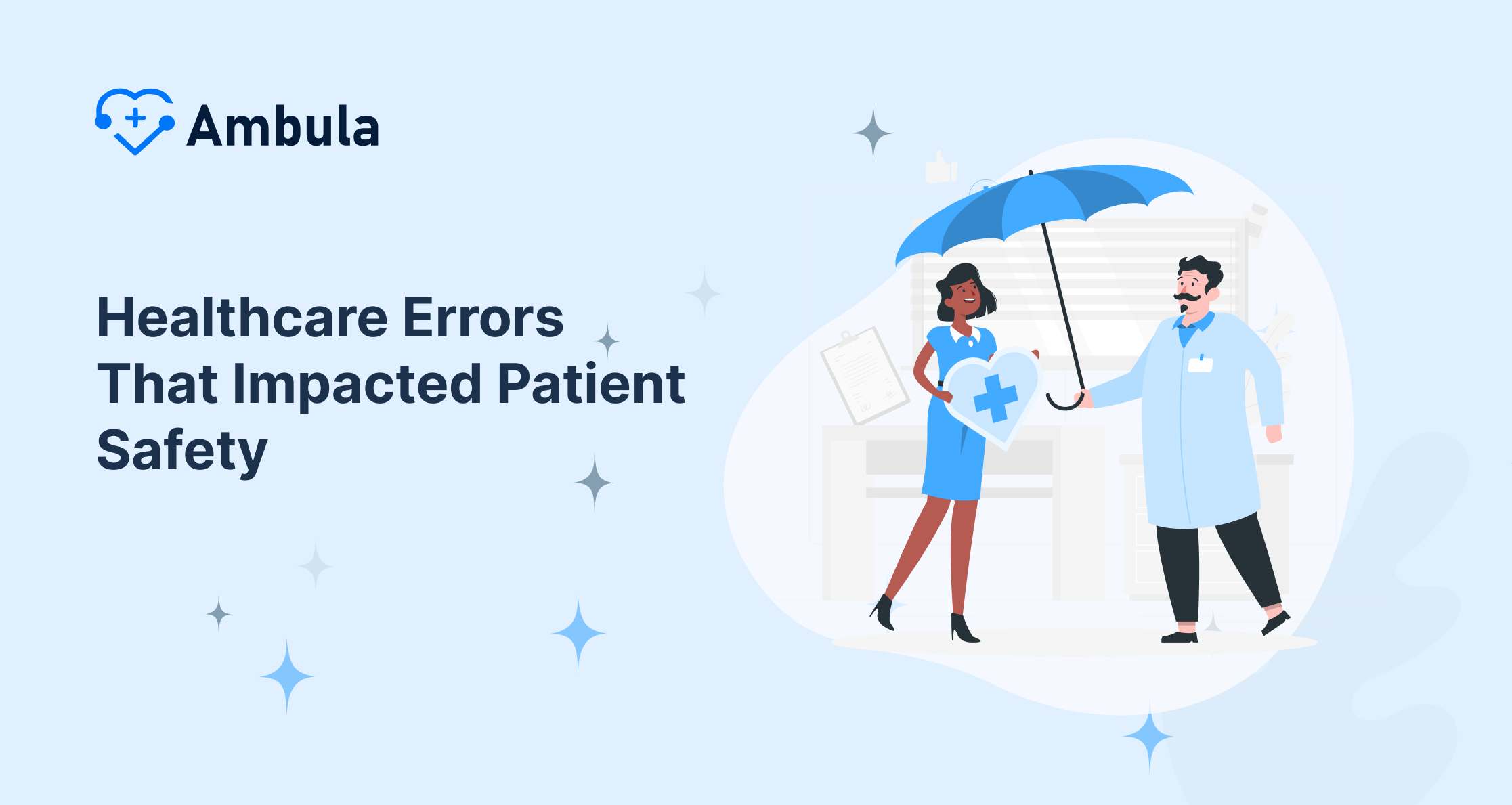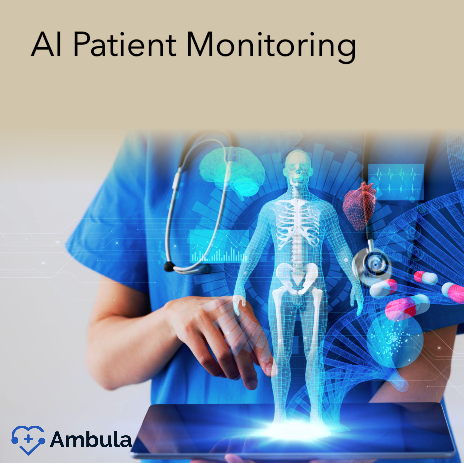
The healthcare industry constantly evolves, and technology plays a significant role in driving change and innovation. Technology transforms how medical services are delivered, from electronic health records (EHRs) to telemedicine and medical devices. In this article, we will explore the current state of technology in the medical field and its impact on orthopedic, pain management, and personal injury ASCs, including electronic medical records (EMRs) in healthcare.
- Current State of Technology in the Medical Field
- Impact of Technology on Medical Services
- Technology in Orthopedic, Pain Management, and Personal Injury ASCs
- Benefits of Technology in the Medical Field
- Challenges and Limitations of Technology in Healthcare
- The Future of Technology in Medical
- Experience with EMRs in Healthcare
- Difference between EHR and EMR
- Difference between EHR and EMR
Current State of Technology in the Medical Field
The medical field has made great strides in adopting and integrating technology. Electronic health records (EHRs) have become the norm, allowing for improved patient data management and collaboration among healthcare providers. Telemedicine has also become increasingly popular, offering patients convenient access to medical care from the comfort of their own homes. In addition, advances in medical technology have led to the development of new diagnostic and treatment tools, such as wearable medical devices and minimally invasive surgical equipment.
Impact of Technology on Medical Services
Technology integration in the medical field has dramatically improved the delivery of medical services. Electronic health records (EHRs) allow for more efficient and secure storage and sharing of patient information, leading to improved patient outcomes. Telemedicine has made medical care more accessible, particularly for individuals living in remote or underserved areas. Additionally, medical technology has led to less invasive and more effective medical treatments, reducing recovery times and improving patient satisfaction.
Technology in Orthopedic, Pain Management, and Personal Injury ASCs
Orthopedic, pain management, and personal injury ASCs have embraced technology to improve care delivery and patient outcomes. For example, some orthopedic ASCs use computer-assisted surgical planning and navigation systems to plan and perform joint replacements. Pain management ASCs may use interventional techniques such as spinal cord stimulation to treat chronic pain or use pain management EMR software to optimize patient care. Personal injury ASCs may utilize digital radiography and computerized tomography (CT) scans to diagnose and monitor injuries. Electronic medical records (EMRs) have become increasingly common in these ASCs, allowing for improved patient data management and collaboration among healthcare providers.
Check out these articles after you’re done
Benefits of Technology in the Medical Field
The adoption of technology in the medical field has numerous benefits, including:
- Improved patient outcomes and satisfaction
- Increased efficiency and cost savings
- Enhanced collaboration among healthcare providers
- Improved access to medical care, particularly for individuals in remote or underserved areas
- Advancements in medical treatments and diagnoses
Challenges and Limitations of Technology in Healthcare
While technology has brought many benefits to the medical field, its integration has potential challenges and limitations. These may include:
- Cybersecurity and privacy concerns
- High costs of technology adoption and maintenance
- Limited access to technology, particularly in rural and underserved areas
- Potential for technology failures or malfunctions
- Challenges in ensuring interoperability and compatibility between different systems and devices
The Future of Technology in the Medical field
The future of technology in medicine looks bright, with continued advancements in areas such as telemedicine, medical devices, and electronic health records. In addition, new technologies such as artificial intelligence and machine learning are poised to revolutionize how medical services are delivered. As technology continues to evolve, it is clear that it will play an increasingly important role in improving the delivery of medical care and enhancing patient outcomes.
Experience with EMRs in Healthcare
The experience with EMRs in healthcare has been largely positive, with many providers reporting improved efficiency, cost savings, and enhanced patient outcomes. EMRs allow for easy access to patient information, improved communication among healthcare providers, and streamlined processes. However, implementing and integrating EMRs can also be challenging, with potential costs, technical difficulties, and resistance from providers.
Difference between EHR and EMR
Electronic health records (EHRs) and electronic medical records (EMRs) are similar in storing patient information electronically. However, there are critical differences between the two:
- EHRs are designed to be a comprehensive record of a patient’s entire healthcare journey and can be shared among multiple healthcare providers. EHRs typically include past medical history, medications, lab results, and immunization records.
- EMRs are designed for use within a single healthcare organization and primarily for clinical documentation. EMRs typically include progress notes, diagnoses, and medication lists.
Conclusion
In summary, integrating technology in the medical field has dramatically improved the delivery of medical services. Orthopedic, pain management, and personal injury ASCs have embraced technology to improve patient outcomes and enhance care delivery. Electronic medical records (EMRs) have become increasingly common in these ASCs and have been shown to improve efficiency, cost savings, and patient outcomes. Understanding the difference between EHRs and EMRs is essential, as both play a significant role in storing and managing patient information. The concept of an ambulatory patient highlights the increasing trend toward outpatient care and the importance of technology in facilitating this transition.





